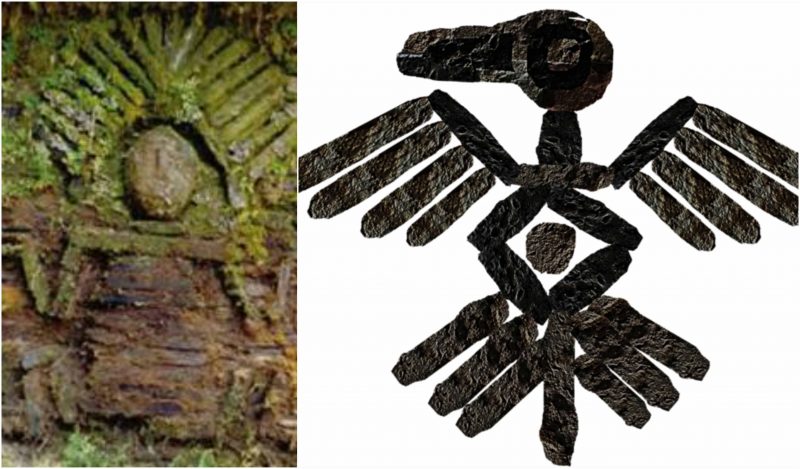There is an archaeological site between the regions of La Libertad and San Martin, in the cloud forests of the Peruvian Andes, Gran Pajatén. It lays between the Huallaga and Marañon rivers, and it is part of the Rio Abiseo National Park, established in 1983. In 1990, the site was designated a UNESCO World Heritage Natural Site, and in 1992 a Cultural Site.
However, the site is not a touristic attraction. One can’t just go and visit the site without a permit from the Peruvian Ministry of Agriculture and National Institute of Culture due to its fragile ruins and the endangered environment. The Gran Pajaten site is related to the near Chachapoya tomb complex of Los Pinchudos.
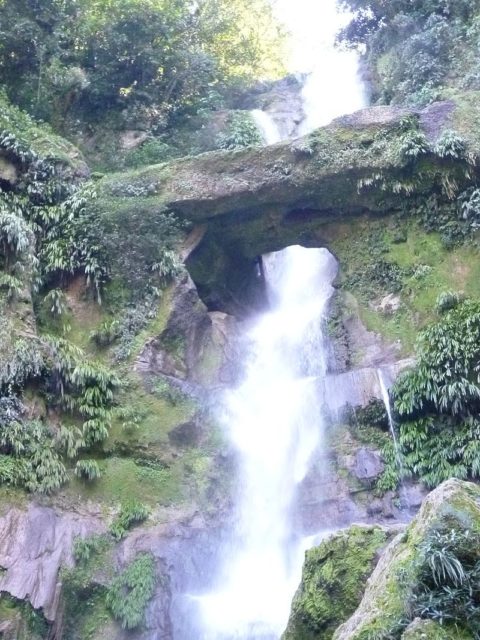
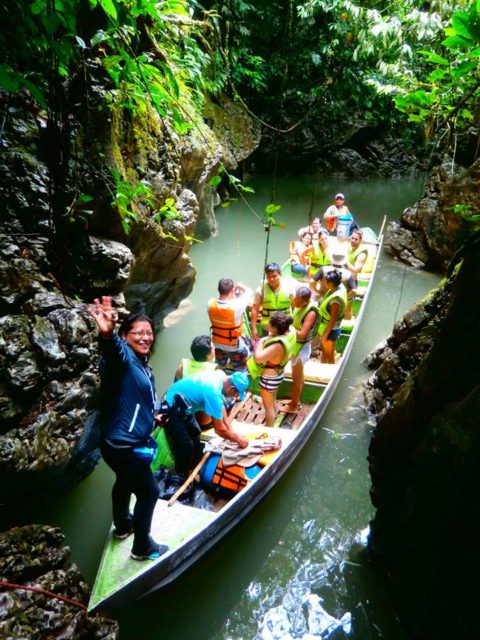
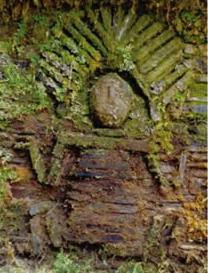

According to the architectural evidence, the Gran Pajaten is attributed to the Chachapoyas culture. It stands on the top of a hill, above the Montecristo River valley, and it is a beautiful remain of roughly 26 cylinder stone structures which lay atop of many stairways and terraces. The whole site occupies about 1858 square feet (20,000 m²). There are few major buildings which are decorated with slate mosaics that display geometric, bird and human motifs. Radiocarbon, as well as the analysis of ceramic samples found on the site, show that the Chachapoyas, or someone before them, occupied the area since 200 BCE. However, the visible ruins of the buildings were constructed during the Inca times.
There are rumors that the ruins were first discovered back in 1940 when a Juanjui resident, Eduardo Pena Meza, was exploring the area for a road project. However, since there is no evidence of whether he found the ruins of Gran Pajaten or another abandoned prehispanic settlement, it is the American explorer and religious leader, Gene Savoy who is credited with discovering the site in 1965. But in the end, it was the villagers from the town of Pataz who have been attributed with the discovery of Gran Pajaten in 1963. Savoy only publicized the site after he was guided by the locals to it, but he attributed the discovery to himself.
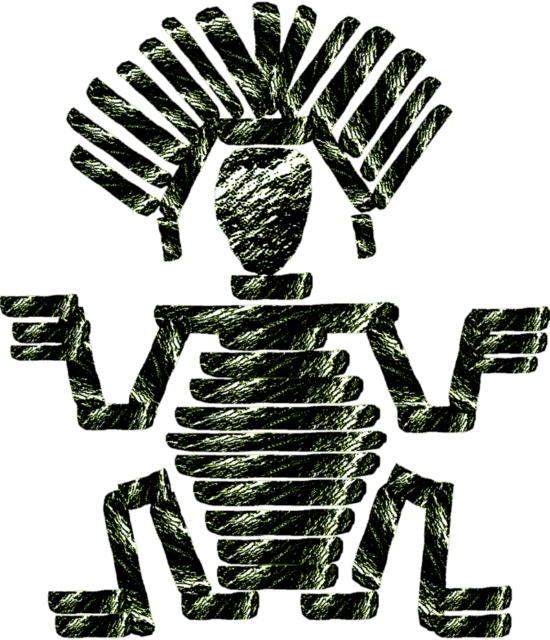
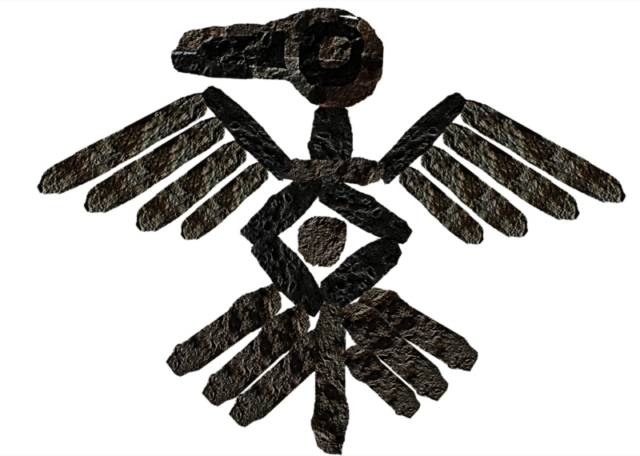
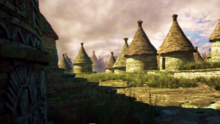
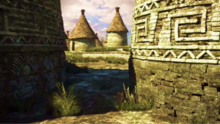
In late 1965, there was an official expedition sent by the Peruvian government to clear the vegetation. In 1966, the government of Peru set up a helicopter pad and managed to clear most of the protective vegetation which surrounded the site. And since the site has an extremely delicate nature without the protection of dense vegetation, the stone ruins began to deteriorate rapidly. So, many years later, the government actions raised a lot of criticism.
The anthropology department at the University of Colorado started a major project in 1985 for researching the Gran Pajaten and the surrounding archaeological sites in the park. It was a widely publicized expedition which led to further discussions about the possibility of opening the site to tourists. But that never happened. Five years later, in 1990, there was a Peruvian television expedition during which the protective vegetation was cleared again from the site and led to a further damaging of the ruins.
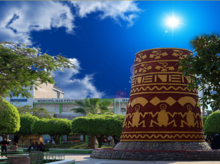
Since then, there have been plans for the construction of several roads which would open the site for tourists, but none has been implemented because of the fragile nature of the stone ruins. Also, there is a high cost of conserving the site while at the same time minimizing the tourist impact.
Read another story from us: Kuelap: The walled city of the Chachapoya people in Peru
The closest place to Gran Pajaten is the town of Juanjui where artistic representations of the ruins can be found.
